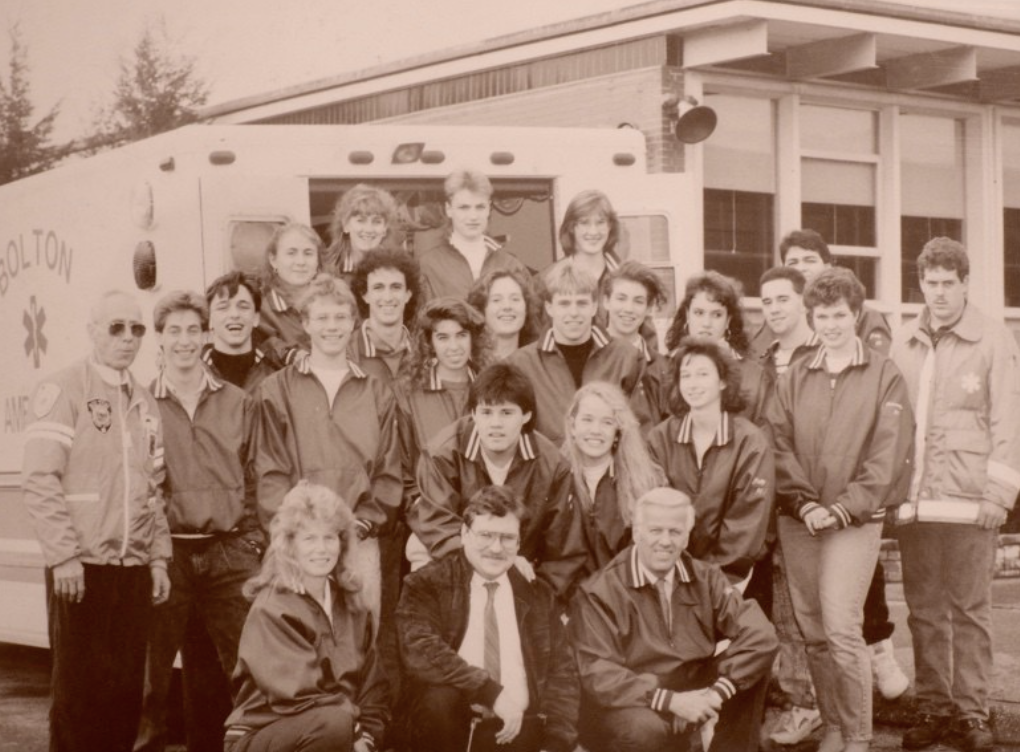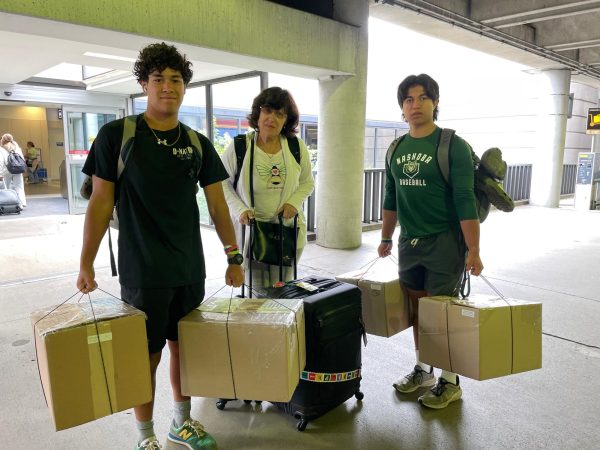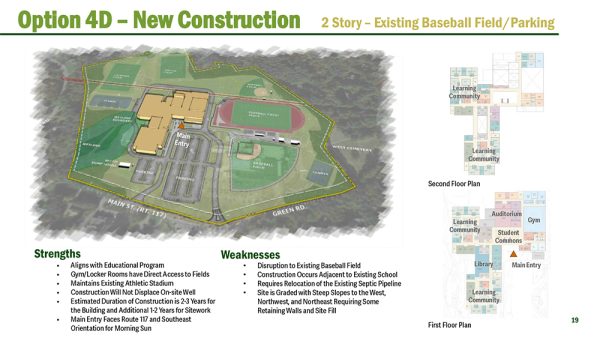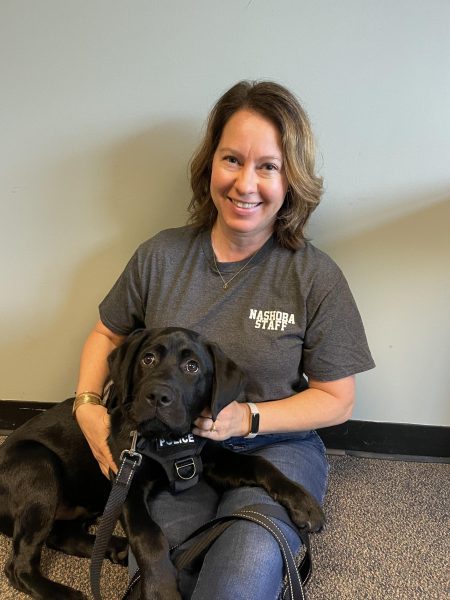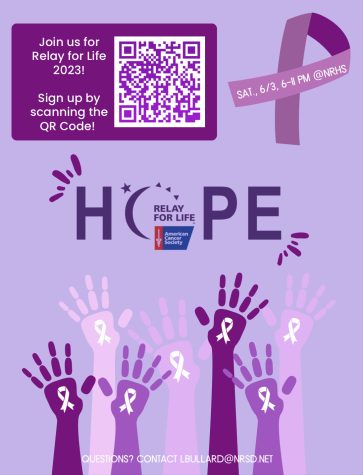Nashoba’s EMT Program Turns 30
Where Did It Begin?
Christina Hernon’s white jeans were stained with the blood of her classmate on Nashoba’s soccer fields as she worked to save his life. Even so, she remembered her year of training in Nashoba’s EMT Program and handled one of the most difficult ordeals a high schooler would have to face. Once dubbed “Bolton’s big idea,” the program was originally doubted based on the assumed level of the teenagers’ abilities and emotional capacities for the job, polarizing the town and members of the ambulance squad. However, after the tragic events that struck Nashoba in May of 1989, where Cadets responded to calls in which three of their classmates died in fewer than twenty-four hours, the Cadets proved themselves to be incredibly well-fit for the job and as competent as any adult EMTs, or Emergency Medical Technicians, ensuring the program’s continuance to this day.
Prior to 1987, the Bolton ambulance service was short-staffed on volunteers, which proved to be a significant problem for the town. Without a sufficient number of squad members, the Bolton ambulance squad frequently had slow response times and had to call for mutual aid. Put forward as a possible solution for this issue, the Nashoba EMT Program proposed to change the minimum age for EMTs from 18 to 16 ½, so high school students could be trained as EMTs and be certified to respond to ambulance calls. This idea was inspired by the successful program in Darien, Connecticut, a much larger town than Bolton. With the cautious support of the town and uncertainty of eventual approval, the first EMT class was held from September 1987 to May 1988, available only to sophomores. From then on, the program worked on changing state regulations to allow teenagers to become certified EMTs.
Dr. Christina Hernon, who was a member of the first EMT class and current Emergency Physician and Medical Toxicologist at Cambridge Health Alliance near Boston, confirms there was significant doubt concerning the ability of students to function in highly stressful and potentially emotionally damaging situations: “Everyone was split; they were either all for it or skeptical of the idea of high school students as emergency responders; there was an energy from within to get this program going.”
Official approval for the lowering of the age requirement was constantly delayed from 1987 to 1989. However, as the spring of 1989 approached, everything seemed to be coming together. The state recommended a special project waiver for the program, with a trial period of 5 years. As the waiver was approved, Hernon and her fellow Cadets signed up for exams immediately.
In May of 1989, a major pivotal point for the program occurred. Nashoba Cadets were the first to arrive at a tragic car accident on Forbush Mill Rd. in which two Nashoba students, Steven Rausch and Johanna Basteri, were involved. The car was traveling at high speed and slipped off the roadway, hitting a tree. Although the student EMTs responded quickly and professionally, the accident proved fatal for both of their classmates.
The next accident occurred the next morning as the Nashoba community mourned the deaths of the students. Classes were canceled at the school, but doors were open for students to talk with their classmates and support one another. While trying to hang up a memorial for Steven and Johanna, a goal on the soccer field fell onto the neck of Jason Goldfarb. Cadet EMTs inside the school responded first and treated him as well as they could with the available supplies that they had. Unfortunately, his injuries proved too severe and Jason passed away upon arriving at the hospital. Hernon responded to this incident and says it was “the hardest call I have ever been on. The worst call possible had just happened. The next day I laid in bed questioning if I wanted to stay an EMT.”
Despite the horror of these deaths, the student EMTs proved that even under immense pressure, they used the correct procedures they were trained to use and kept their calm as the ambulance arrived. These events inspired Gigi Bonazzoli, a man who had once been skeptical of the program, to become their “super-hero advocate,” as Hernon said. “The events eliminated any doubt that the Cadets could handle the emotional challenges of being an EMT and took it off the table as a discussion point.”
Without the efforts of the original EMT class and their handling of these tragic events, the EMT program at Nashoba may not have survived its trial years. Thirty years later, with over 400 students having completed the program, Nashoba’s Cadets continue to serve the community of Bolton and respond to calls. Still, the founding ideals of the program live on. Laura Bony, a member of the first class and Christina Hernon’s classmate, said in an article in the Stow Villager, “I’ve matured a lot in this class. We also learn the importance of life. It’s really uncanny how fragile life is. Anything you do is better than nothing.”

